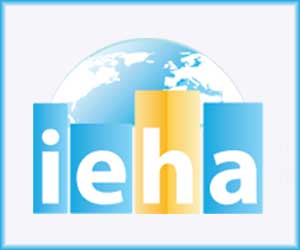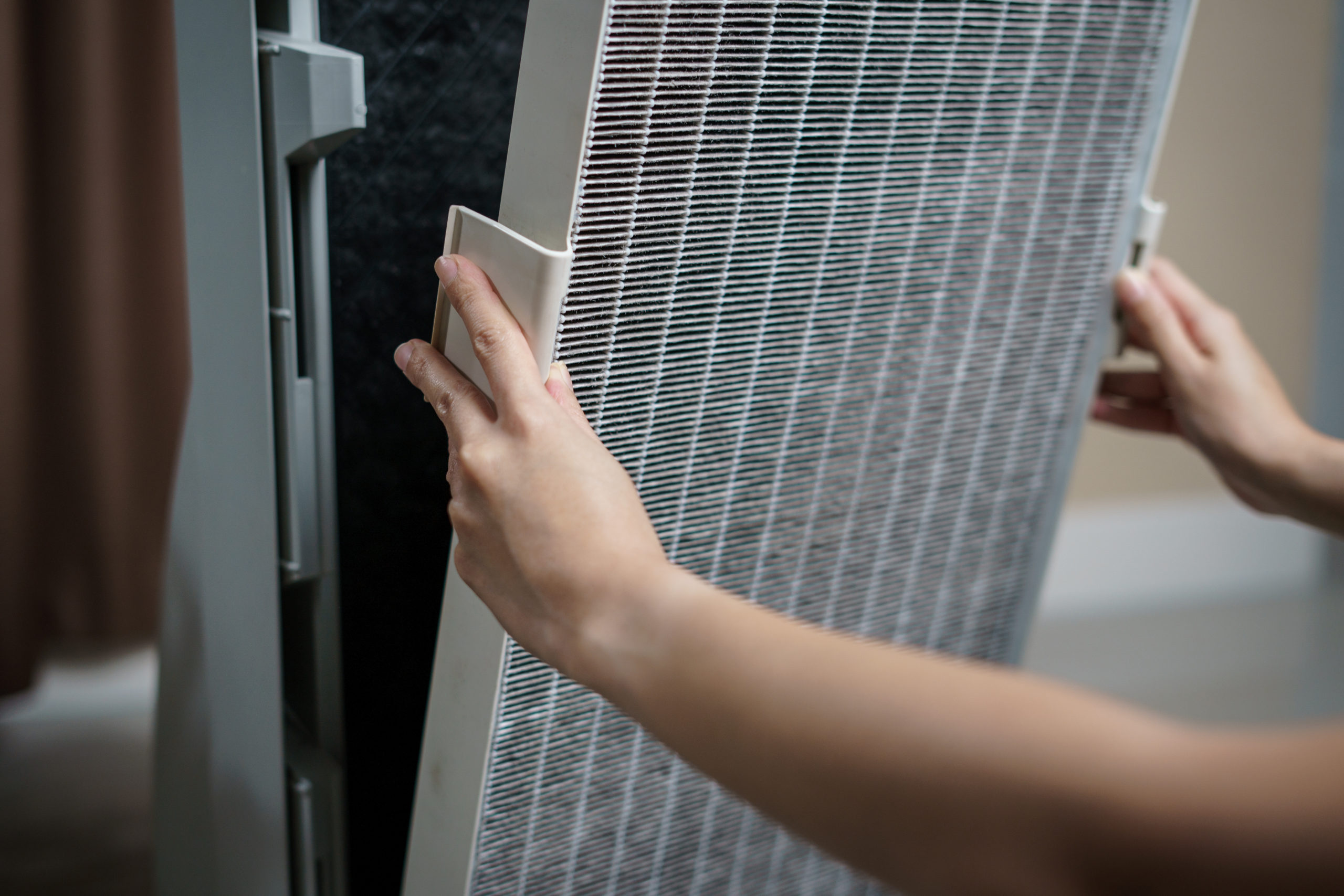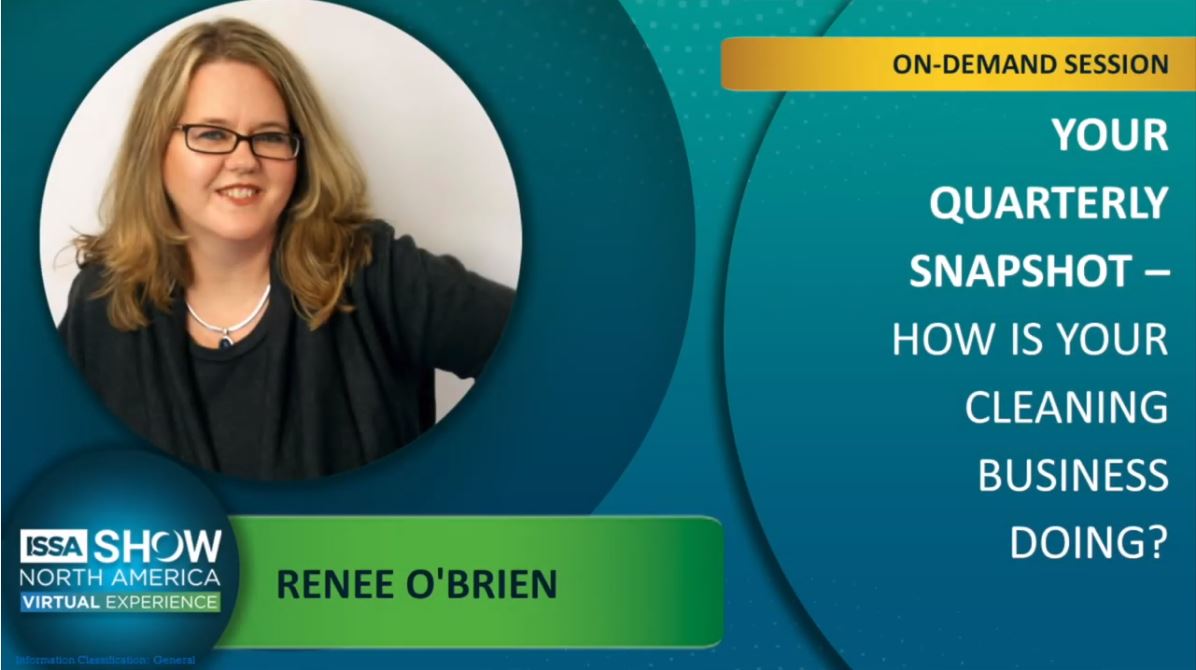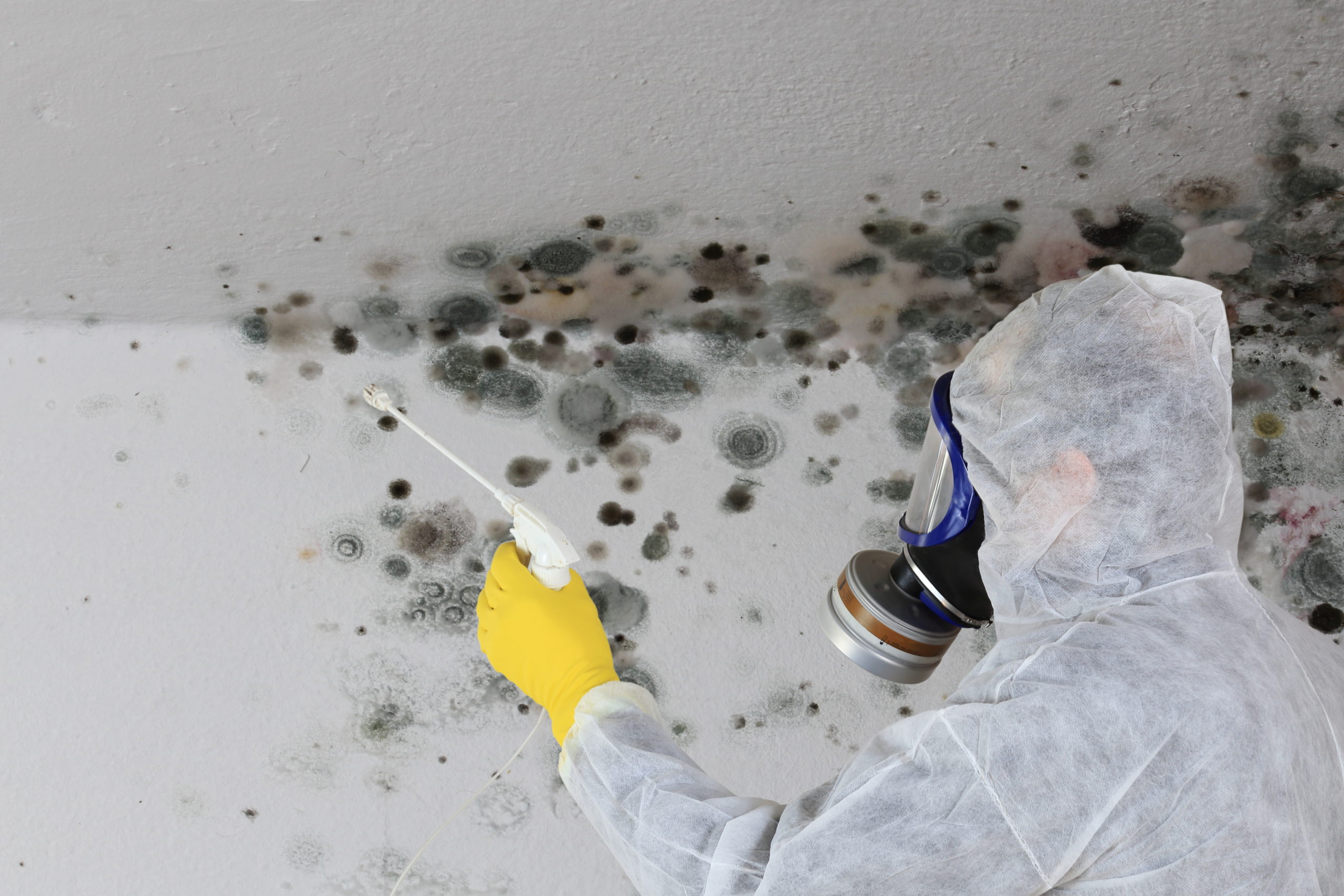ICM is empowering to housekeeping and environmental services departments because it highlights their importance in maintaining public health.
One of the most pertinent questions facing the cleaning industry today is “What is clean?” Since visible cleanliness presents only the tip of the iceberg, there must be ways to determine if bacteria and contaminants are being cleaned as well. Which is why, in 2008, IEHA first endorsed ICM — Integrated Cleaning and Measurement.
ICM is an open-source system in which best practices are defined by scientific measurement of cleaning outcomes. New tools and processes for measuring cleanliness are acceptable within the ICM system regardless of the source, provided they can produce measurement data showing their effectiveness when compared to other methods.
Numerous methods of measurement have already been accepted in ICM. Various types of ATP (adenosine triphosphate) measurement devices are already in the marketplace, and most are user and worker-friendly. To measure cleanliness, the device detects the presence of organic material that can support microbial growth on a swabbed sample of any surface. Other methods include pH paper, ultraviolet technology, indoor air quality detectors, moisture detectors and more.
ICM consists of four essential steps:
Measurement
Use tools to measure and determine the current cleanliness of a facility.
Comparison
Since ICM is open-source and therefore community-driven, other users share benchmarking data so that anyone can determine what their results say about the cleanliness of their facility.
Experimentation
With benchmarking now in mind, how can the cleanliness of a facility be improved? Now is the time to brainstorm new cleaning methods and products.
Implementation
Once it has been determined through measuring which methods and products are the best fit for a facility, the new benchmark or process must be implemented and regularly checked for continuing effectiveness.
If these steps are followed, the result will be quantifiable baselines for further benchmarking and performance improvement as well as excellent levels of cleanliness and health outcomes.
The most amazing thing about ICM is that facility managers, custodians and directors of housekeeping are able to actually measure the reduction of bacteria and more to develop a baseline for providing benchmark data. This is empowering to housekeeping and environmental services departments because it highlights their importance in maintaining public health. Yesterday’s janitors are tomorrow’s environmental experts. These new technologies within the cleaning industry will provide respect for these very knowledgeable workers, which can lead to higher salaries, raised morale and improved self-esteem for better ways of life.
Beth B. Risinger is the CEO/Executive Director for the IEHA, located in Westerville, Ohio. She has been with the association since 1987 and has more than thirty-seven years of experience in the society and association fields.






